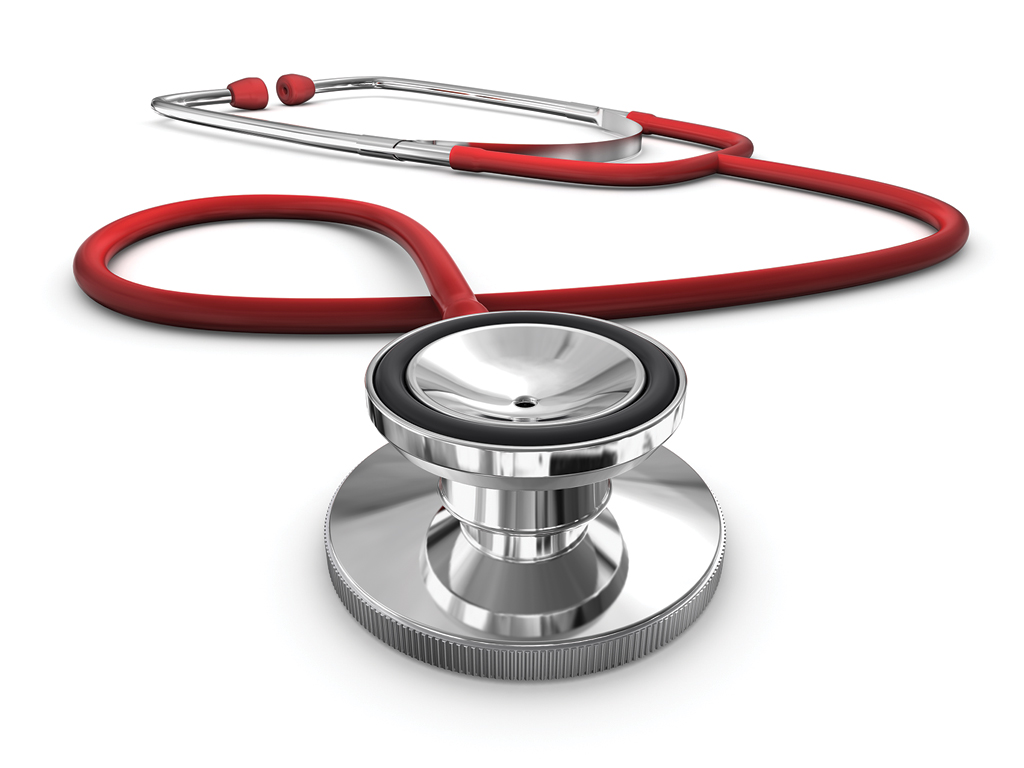By Paula Hoffman, PT, DPT
Merry go rounds can be fun for some people. But feeling dizzy and unsteady all the time? Not so much.
In fact, dizziness — often caused by a disorder that affects your vestibular system — can be scary and debilitating.
Fortunately, however, you don’t have to live with constant dizziness.
At Penn Medicine Princeton Medical Center Princeton Rehabilitation, vestibular rehabilitation helps decrease, manage, and eliminate symptoms of vestibular disorders.
About the Vestibular System
The vestibular system includes the parts of the inner ear and brain that process sensory information involved with controlling balance and eye movements.
The system contains specialized cells that detect movement along with crystals in the inner ear that help control balance.
When the system is injured or damaged, it can lead to dizziness, vertigo, and balance problems.
Vestibular disorders are common and can affect people of any age, though older adults are at greater risk as the inner ear tends to degenerate with age.
Consider that more than 69 million adults in the United States have experienced some form of vestibular dysfunction and that 80% of people aged 65 years and older have experienced dizziness, according to the Vestibular Disorders Association.
Common Vestibular Disorders
One of the most common vestibular disorders is a condition called benign paroxysmal positional vertigo or BPPV.
BPPV occurs when the crystals in the inner ear become displaced and send false signals to the brain.
In many cases, BPPV is caused by a head injury or is related to advanced age. However, BPPV often has no identifiable underlying cause, according to the Vestibular Disorders Association.
In addition, BPPV is the cause of approximately half of all cases of dizziness among older adults.
Other conditions that can affect the vestibular system include:
• Bacterial and viral infections.
• ALS or Lou Gehrig’s disease.
• Multiple sclerosis.
• Stroke.
• Parkinson’s disease.
• Migraines.
• Meniere’s disease.
• A tear or defect in the thin membranes between the middle and inner ears.
• Non-malignant tumors.
• Neck injuries.
It is also important to note that some studies have shown an association between COVID-19 and vestibular neuritis, characterized by an inflammation and disruption of the nerve in the inner ear that sends balance and head position signals to the brain.
Symptoms
As the Vestibular Disorders Association notes, symptoms of vestibular dysfunction may be mild, lasting only seconds or minutes, or they may be severe, causing problems with bathing, dressing, or simply getting around.
Additionally, depending on the severity of the symptoms, the disorder can also lead to falls, especially among older adults.
Common symptoms of vestibular disorders include:
• Dizziness (a light-headed, floating, or rocking sensation).
• Vertigo (a spinning or whirling sensation, feeling as if your surroundings are spinning or whirling about).
• Imbalance or unsteadiness.
• Blurred or bouncing vision.
• Nausea.
• Hearing changes.
• Lack of coordination.
• Problems with concentration and memory.
• Headaches and muscular aches in the neck and back.
• Elevated sensitivity to noise and lights.
• Extreme fatigue.
• Depression and anxiety.
Not everyone with a vestibular disorder will experience the same symptoms, and activities that cause symptoms vary in each person. Most often, symptoms are brought on by certain head movements and positions such as bending down to tie your shoes or rolling over to get out of bed.
Occasionally, symptoms of a vestibular disorder will resolve on their own, but if they persist or interfere with your daily life, it is time to see a doctor. Often, doctors will refer patients to a physical therapist for further evaluation and rehabilitation.
Vestibular Rehabilitation
Depending on the cause, treatment for vestibular disorders may include medication, traditional physical therapy techniques, balance and gait training, visual tracking exercises, and instruction in activities of daily living.
Lifestyle changes, such as lowering stress, increasing rest, and diet modifications, may also help.
For patients with BPPV, a technique called the Epley maneuver can correct dizziness by repositioning the displaced crystals in the inner ear. The maneuver involves a series of sequential movements of the head, with each position held for 30 to 60 seconds, and is proven to be a highly effective treatment for BPPV.
At Princeton Rehabilitation, therapists with specialized training offer comprehensive testing and treatment for dizziness, vertigo, and loss of balance due to vestibular disorders. Testing includes the use of infrared video goggles to assess eye movement and to accurately diagnose BPPV.
The goals of vestibular rehabilitation at Princeton Rehabilitation are to:
• Decrease symptoms.
• Improve balance function.
• Increase general activity level.
Feeling like your world is constantly spinning is no fun. If you suffer from dizziness or vertigo, ask your doctor about vestibular rehabilitation to make it stop, so you can regain your balance and independence.
For more information about Penn Medicine Princeton Medical Center Princeton Rehabilitation or to find a physical therapist with Princeton Rehabilitation call 609-853-7840 or visit www.princetonhcs.org.
Paula Hoffman, PT, DPT, is a licensed physical therapist and a certified vestibular rehabilitation specialist with Penn Medicine Princeton Medical Center Princeton Rehabilitation.

